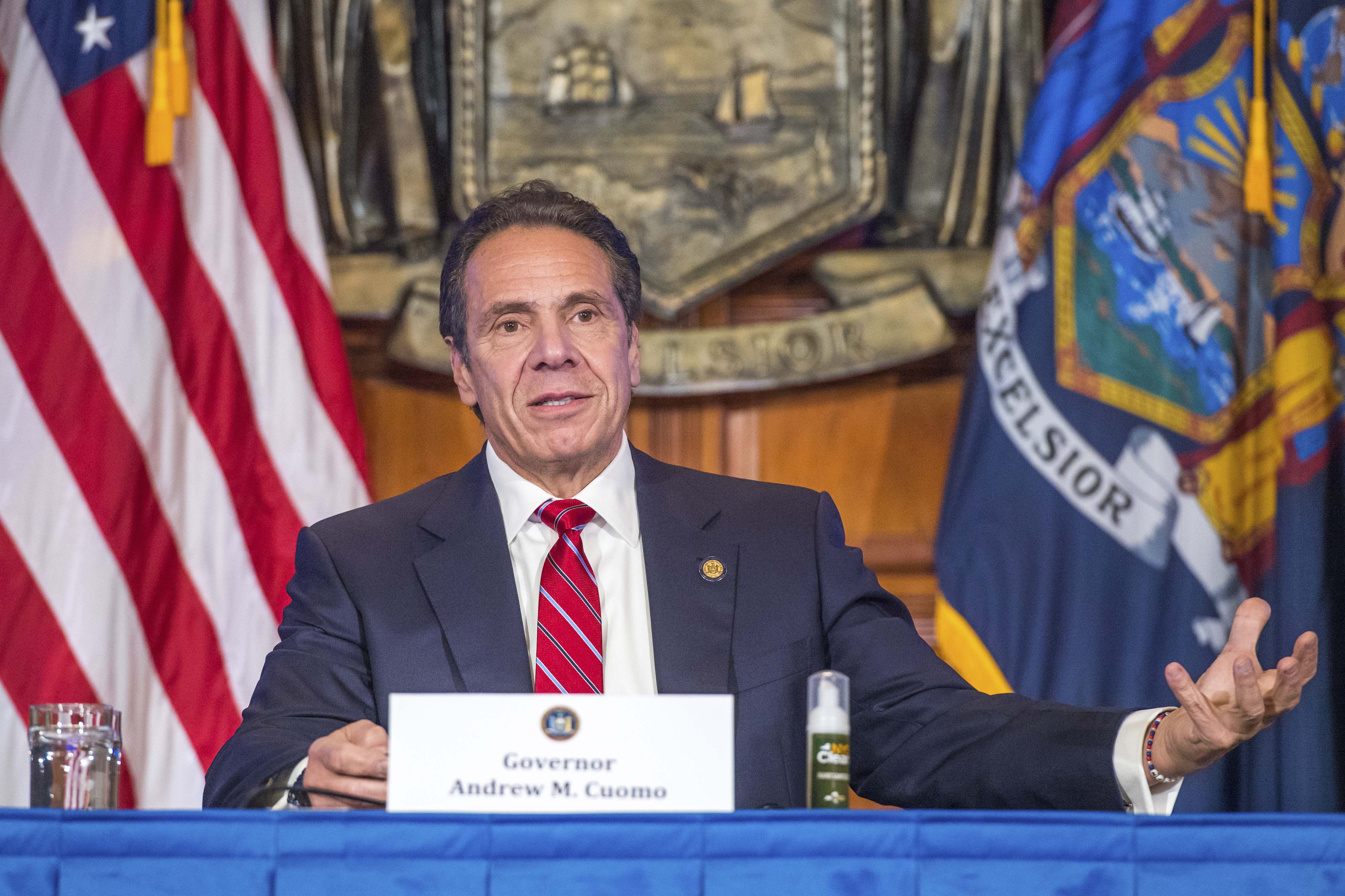
Elizabeth Dufort, a former medical director for the Division of Epidemiology who was identified as “State Entity Employee #2” in one of the transcripts released by the attorney general’s office, told investigators that working conditions had gotten so bad at the Department of Health that some employees had asked the Public Employees Federation, one of the state’s largest unions, if they had any legal recourse when it came to things like unpaid overtime. (They were reportedly advised that it was “not illegal during a public health emergency.”) The union did not respond to requests for comment.
Despite their expertise and long hours, several former staffers said, decisions that should have come from DOH experts — such as where to send personal protective equipment — were often routed through Cuomo’s inner circle.
For example, the department would conduct daily surveys of nursing homes and other facilities to see what PPE was needed and assemble packages to be sent from the state’s warehouse. At one point, Larry Schwartz — a longtime Cuomo ally and former secretary to the governor who was, at the time, a C-suite executive at airport vendor OTG — had to sign off on those requests and at times questioned the need for them, the former staffer said. Schwartz and other former aides had returned during the pandemic to work in a “volunteer capacity.”
That system of direct approval was initially intended to override bureaucratic delays and manage inventory during the early days of the pandemic, said former Cuomo administration officials. But it evolved to reinforce an image of tightly concentrated power held only by the individuals Cuomo trusted.
“He would push back and say, ‘How accurate do you think this is? … Do you think they’re trying to not buy that themselves, trying to get us to supply it?’ I remember he asked that question a couple of times, and I was like, ‘Listen, Larry, they need it,’” the former Department of Health staffer said. “The warehouse couldn’t distribute the stuff until they had [governor’s office] sign off.”
Two former administration officials defended the roles Cuomo’s office staff and inner circle played in the pandemic response, saying that they were never intended to replace public health experts, but rather to work as liaisons, organizers and managers on behalf of the governor. They were regularly conversing with state and local health officials when Cuomo was not, they said. The inquiries about personal protective equipment were made to properly gauge supply and demand, not to hold up any deliveries, they said.
In her interview with the attorney general’s office, Dufort described “a toxic work environment” in which state Health Department staff were not allowed to collaborate with their counterparts in the New York City Department of Health and Mental Hygiene or other local health departments. The governor’s office would also arbitrarily override certain metrics, like which regions qualified for various Covid “zones,” which Cuomo used to delineate the level of reopening restrictions in certain regions of the state. And the office had ordered Department of Health staff to share incomplete data on Hydroxychloroquine with the White House. Both things, Dufort said, raised ethical concerns at the department.
“Data was not ready to be shared in a manner that would be ethical or appropriate,” she told investigators of the Hydroxychloroquine request. But the governor’s office insisted the department share the incomplete data, Dufort said. She said she was prepared to resign rather than hand over the information.
Related posts:
Views: 0
 RSS Feed
RSS Feed

















 November 26th, 2021
November 26th, 2021  Awake Goy
Awake Goy  Posted in
Posted in  Tags:
Tags: 
















